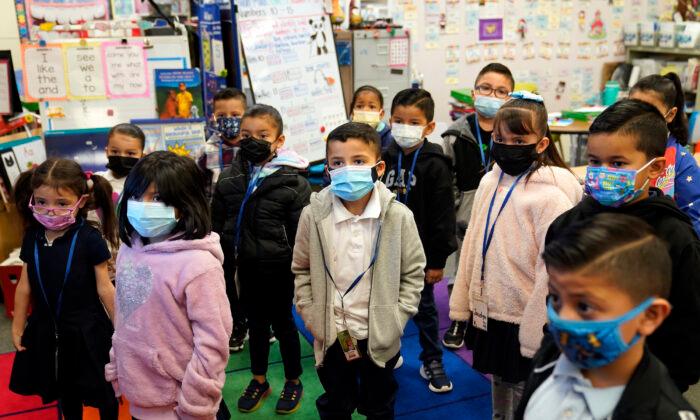Under socialism, government is involved in everything: work, school, entertainment, even the home. That’s what California increasingly is becoming. Case in point: the “community schools” movement, which practically takes over all students’ lives, including that of their families.
It quoted the atheist communist Karl Marx, who said, “The partially developed individual, who is merely the bearer of one specialized social function, must be replaced by the totally developed individual”—according to socialist indoctrination, of course.
A big problem with what the school calls educating “the complete individual” and what Marx called “the totally developed individual” is they leave out religion. Because U.S. Supreme Court rulings from the 1960s banned religion from public schools, it can’t be introduced as part of what is “complete” or “totally developed.” As most families are religious, and religion still plays an enormous part in local communities in America, these programs are inevitably biased against religion.
The new school’s mission statement continues: “At Social Justice Humanitas Academy, our vision is: We will achieve self-actualization. The concept of self-actualization comes from Abraham Maslow, a leader in humanistic psychology, who understood a good life to be one in which an individual maximized their potential to become the very best version of who they are.”
And here’s the actual values pyramid provided:
“Needs are not hierarchical. Life is messier than that. Needs are, like most other things in nature, an interactive, dynamic system, but they are anchored in our ability to make social connections.”
“This plan dramatically expands the traditional definition of a public school, overhauling campuses into neighborhood centers that seek to comprehensively meet the needs of students. Healthcare, mental health services, tutoring, pediatric care and other social supports converge on campus. Teachers and staff strive to make learning more culturally relevant and to foster a climate in which students have a sense of belonging and parents are a part of decision-making.
Note what’s missing in all this: rigorous academics. What really pulls kids out of poverty is achievement in the STEM fields: science, technology, engineering, and math. And as to what is “culturally relevant,” religion is again missing.
Cultural education also ought to come not from ideological indoctrination, but from good schooling in at least one foreign language, preferably two. When you learn a language, you learn the culture, including the ways it’s different from American culture.
Most of the kids in this school are Latinos. So they already have a head start in learning Spanish. Learning it properly in an academic setting—so they could read Spanish technical journals or converse with businesses in Latin America—would be immensely valuable. Those with the talent could also learn a second language, with Mandarin preferred.
- English: 1.13 billion speakers;
- Mandarin: 1.12 billion speakers;
- Hindi: 615 million speakers;
- Spanish: 534 million speakers.
The new state budget spends $24,000 a year on each student. For that, the state could easily emphasize STEM and foreign languages and junk the politically correct time wasters. But it won’t.
These budgetary follies will end—or at least be reduced—when the surpluses evaporate in the next recession. But the missed opportunity to give these students real educations can never be made up.






